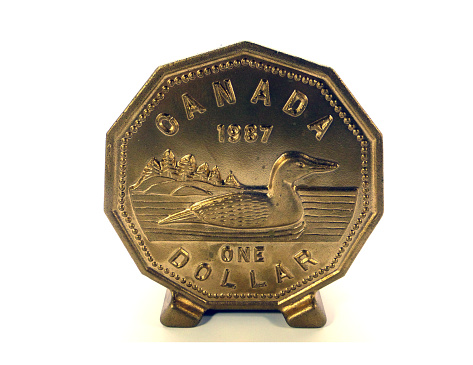The loonie’s drop to a 12-year low has boosted sales for Canadian retailers in 2016, especially due to fewer shoppers crossing the border to buy goods. However, profit growth will vary depending on each retailer’s ability to control import costs and combat price increases.
The Conference Board of Canada has forecasted a 4.2 per cent growth in retail sales in 2016, up from a likely gain of 1.3 per cent in 2015. However, it also noted that because costs are likely to increase at a similar pace, margins will likely remain the same.
The weak loonie may also cause complications for retailers that import their goods. Bargain chain Dollarama Inc, which relies heavily on Chinese imports priced in U.S. dollars, has already widely raised shelf prices to improve its margins. However, it now risks losing market shares to rivals. And, as hedging strategies fail and margin pressures increase, more stores are expected to follow that lead.
CBRE, a commercial real estate services firm, noted in their 2016 outlook for Canada that an influx of foreign retailers and tourists should help to encourage retail sales growth despite poor economic growth.
“Overall, the low loonie is a positive for Canadian retailers,” says Arlin Markowitz, an analyst of urban retail investment properties for CBRE. “It’s not only keeping Canadians’ purchasing power at home, but it’s also attracting tourists.”









